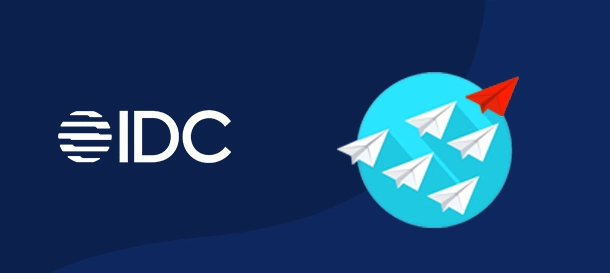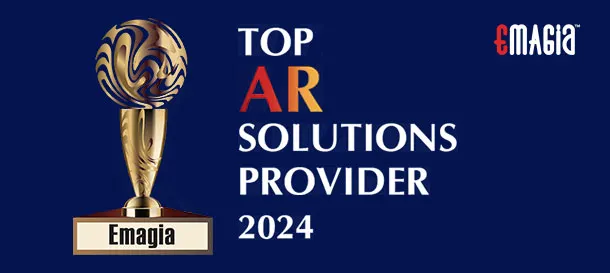Managing accounts receivable (AR) is crucial for maintaining a healthy cash flow and ensuring the financial stability of a business. Effective tracking of AR involves implementing clear processes, utilizing appropriate tools, and regularly monitoring key performance indicators (KPIs). This comprehensive guide delves into the best practices, tools, and strategies to efficiently manage and track your accounts receivable.
Understanding Accounts Receivable
Accounts receivable represent the outstanding invoices a company has or the money clients owe the company for goods or services provided on credit. Managing these receivables effectively ensures timely cash inflows and reduces the risk of bad debts.
Importance of Tracking Accounts Receivable
Proper tracking of accounts receivable is vital for:
- Maintaining Cash Flow: Ensures that the business has sufficient funds for operations.
- Reducing Bad Debts: Timely follow-ups can minimize the chances of non-payment.
- Enhancing Customer Relationships: Clear communication regarding dues fosters trust and reliability.
Best Practices for Managing Accounts Receivable
Establish Clear Credit Policies
Define the criteria under which customers are extended credit. This includes:
- Creditworthiness Assessments: Evaluate the financial stability of clients before offering credit.
- Credit Limits: Set maximum credit limits based on the client’s financial status and payment history.
Implement Clear Payment Terms
Clearly outline payment expectations to avoid misunderstandings. This involves:
- Payment Due Dates: Specify when payments are expected (e.g., Net 30 days).
- Early Payment Incentives: Offer discounts for early payments to encourage promptness.
- Late Payment Penalties: Define consequences for delayed payments to deter tardiness.
Utilize Invoicing Software
Adopt digital tools to streamline the invoicing process:
- Automated Invoicing: Schedule and send invoices automatically to ensure consistency.
- Payment Reminders: Set up automated reminders for upcoming or overdue payments.
- Integration with Accounting Systems: Ensure seamless data flow between invoicing and accounting platforms.
Centralize Financial Data
Maintain all financial information in a unified system:
- Single Source of Truth: Use centralized databases to store all AR data, reducing discrepancies.
- Real-Time Updates: Ensure that all data is updated in real-time for accurate reporting.
Monitor Key Performance Indicators (KPIs)
Regularly track metrics to assess the efficiency of your AR processes:
- Days Sales Outstanding (DSO): Measures the average number of days to collect payment after a sale.
- Accounts Receivable Turnover Ratio: Indicates how often receivables are collected during a period.
- Aging Reports: Breaks down receivables based on the length of time they have been outstanding.
Conduct Regular Account Reconciliations
Ensure that your records match the actual transactions:
- Monthly Reconciliations: Compare AR records with bank statements to identify discrepancies.
- Adjustments and Corrections: Promptly address any inconsistencies found during reconciliations.
Implement a Collections Strategy
Develop a systematic approach to handle overdue accounts:
- Automated Reminders: Use software to send reminders at predetermined intervals.
- Personalized Communication: Tailor follow-up messages based on the client’s history and relationship.
- Escalation Procedures: Define steps to escalate collection efforts, including involving collection agencies if necessary.
Offer Multiple Payment Options
Make it convenient for clients to pay by providing various payment methods:
- Online Payments: Accept credit/debit cards and electronic transfers.
- Mobile Payments: Utilize mobile payment solutions for on-the-go transactions.
- Traditional Methods: Continue to support checks and cash for clients who prefer these options.
Train Staff Regularly
Equip your team with the necessary skills and knowledge:
- Workshops and Seminars: Provide training on the latest AR management practices and tools.
- Policy Manuals: Develop comprehensive guides detailing AR procedures and policies.
Leverage Technology and Automation
Adopt advanced technologies to enhance AR management:
- Artificial Intelligence (AI): Use AI to predict payment behaviors and identify delinquency patterns.
- Machine Learning: Implement systems that learn from data to improve collection strategies over time.
- Robotic Process Automation (RPA): Automate repetitive tasks such as data entry and invoice processing.
How Emagia’s AI-Powered Solutions Enhance Accounts Receivable Management
Emagia offers a cutting-edge platform powered by artificial intelligence (AI) to automate and optimize the accounts receivable management process. By leveraging AI, Emagia’s solution helps businesses improve cash flow forecasting, enhance collections strategies, and reduce Days Sales Outstanding (DSO).
Key Features of Emagia’s AR Management Platform
- Automated Invoicing and Payment Reminders: Streamlines the billing process and ensures timely communication with customers.
- AI-Driven Cash Flow Forecasting: Provides accurate predictions of incoming cash flows based on historical data and current trends.
- Advanced Analytics and Reporting: Offers real-time insights into AR performance, enabling data-driven decision-making.
- Seamless Integration: Easily integrates with existing ERP and accounting systems for a unified financial management experience.
By implementing Emagia’s AI-powered solutions, businesses can achieve greater efficiency in their accounts receivable processes, leading to improved financial health and operational excellence.
Frequently Asked Questions
What are accounts receivable?
Accounts receivable refer to the outstanding invoices a company has or the money clients owe the company for goods or services provided on credit.
Why is tracking accounts receivable important?
Tracking accounts receivable is essential for maintaining cash flow, reducing bad debts, and enhancing customer relationships.
What is Days Sales Outstanding (DSO)?
DSO is a metric that measures the average number of days it takes for a company to collect payment after a sale has been made.
How can automation benefit accounts receivable management?
Automation can streamline invoicing, send timely payment reminders, reduce manual errors, and provide real-time insights into receivables, thereby improving efficiency and cash flow.
What features should I look for in accounts receivable management software?
Key features include automated invoicing, payment reminders, integration with accounting systems, real-time analytics, and AI-driven cash flow forecasting.
How does Emagia enhance accounts receivable management?
Emagia leverages AI to automate invoicing, provide accurate cash flow forecasts, offer advanced analytics, and seamlessly integrate with existing financial systems, thereby optimizing the AR management process.
By adhering to these best practices and leveraging advanced tools like Emagia’s AI-powered platform, businesses can effectively manage and track their accounts receivable, ensuring sustained financial health and growth.







